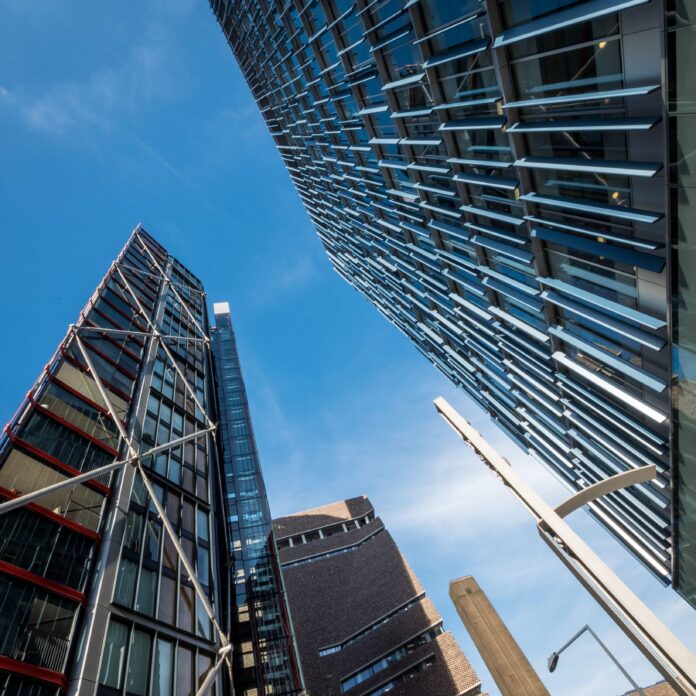Public access to Tate Modern’s viewing gallery could be restricted after judges on the UK’s Supreme Court found that the gallery constitutes a “private nuisance” to neighbouring flats overlooked by the gallery.
In a majority decision in the case of Fearn and others v Board of Tate Trustees, issued on 1 February, the court ruled in favour of the owners of four flats in the adjacent Neo Bankside building, in central London. In doing so, the judges overturned two earlier rulings and found that the residents faced “an unacceptable level of intrusion”.
Giving the ruling, Lord Leggatt said the existing set-up meant the residents’ living situation is akin to “being on display in a zoo”. In reaction to the ruling, which extends the law of privacy to overlooking, property lawyers have said the case could act as a precedent, and will “no doubt precipitate a wave of copycat cases” from residents concerned about the proximity of potentially intrusive cultural developments elsewhere in the UK.
However, Lord Leggatt emphasised that the Tate Modern’s viewing gallery was “a very particular and exceptional use of land”. In a statement, Adam Gross, partner at the law firm Fladgate, noted that, as a result of the ruling, “visual intrusion can [now] be deemed a nuisance where the use of property is not common and ordinary”.
The Neo Bankside property, which features floor-to-ceiling glass windows, stands adjacent to one of the UK’s busiest museums, with just 34 metres separating the upper floor flats from the viewing gallery in Tate Modern’s Blavatnik Building, also known as the Switch House, which opened in 2016.
The owners of four flats—on the 13th, 18th, 19th and 21st floors—started legal proceedings shortly after the viewing gallery became accessible to the public in 2016, claiming it impinges on their right to privacy based on “the common law of private nuisance”.
Subsequent rulings at the Court of Appeal in February 2020 and the High Court in December 2021 found in favour of the Tate. But, at the Supreme Court, the final court of appeal in the UK, judges backed the residents in a three-to-two decision.
The Supreme Court has returned the case to the High Court for remedy. The claimants had sought an injunction requiring the Tate to prevent the museum’s visitors from viewing their flats from the platform, or an award of damages.
Speaking to The Art Newspaper, Edwin Heathcote, The Financial Times architecture critic, said: “This is an absurd decision. Tate Modern’s plans for a viewing platform were already in place when the Neo Bankside flats were sold. But just as importantly, if people choose to buy apartments with floor-to-ceiling glazing beside the UK’s most visited museum, are they really expecting complete privacy? The answer is closing curtains, not public space.”
Supporters of the museum have long noted that the design of the Blavatknik building was known, and had received planning permission, when the Neo Bankside flats in question were sold. The flats went on the market for around £4.5m apiece.
When legal proceedings against the Tate were first launched in 2016, Nick Serota, former director of the Tate, said: “Privacy would be enhanced if those people decided that they might put up a blind or a net curtain or whatever, as is common in many places.” “People purchased with their eyes wide open,” he added in an interview with The Guardian newspaper.
Claire Lamkin, a partner law firm Kingsley Napley LLP, said in a statement: “[This case] will no doubt precipitate a wave of copycat cases where people feel a property development near them is highly intrusive. To that extent, builders, architects, developers, town planners and policy makers will need to check their plans carefully from now on to minimise the risk of future similar litigation.”
In a statement, Adam Gross, partner at the law firm Fladgate, noted that, as a result of the ruling, “visual intrusion can [now] be deemed a nuisance where the use of property is not common and ordinary”.
Visitors to Tate Modern peaked at more than 5.5 million people per year in 2019, immediately before the global Covid pandemic, while the viewing gallery, which has been closed since the beginning of the pandemic, was typically used by 500,000 to 600,000 visitors per year.

























